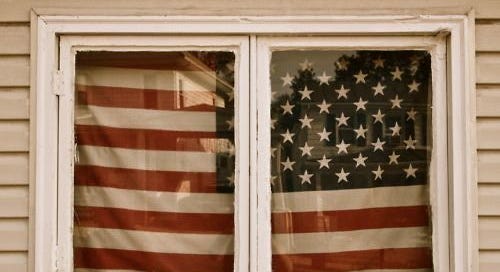“stand proud and strong like lady liberty, shinin’ all night long”
— lana del rey, god bless america
I doubt there’s anywhere on planet earth that hasn’t even lightly been touched by American culture. I grew up watching American cartoons, I sang American songs during karaoke with my cousins. I spoke American English most of my life. My social media feeds have been flooding with American content. Much so since the election. During sorority rush week, all I saw was pretty peppy pink outfitted girls performing cheerleader stunts to their 50+ million viewers. My twitter feed has someone bringing up how bland American food is every two days, followed up thousands of quote tweets arguing to the opposition. Stan culture itself is built around America. Taylor Swift, America’s sweetheart, very recently brought her grand Eras Tour to a finale. Sabrina Carpenter, equally luminous, flits around like a Polly Pocket doll in her go-go boots. The incandescent Chappell Roan, relatively new to the scene but ever rising following the thundering success of her album “The Rise and Fall of a Midwest Princess” detailing her experiences of moving to the City of Angels from a small town in Missouri. The divine Ethel Cain, with her haunting lyrics formed around the American South, and so on. Not to forget the most quintessentially Americana queen, Ms. Lana Del Rey.
TikTok saw the rise of the Didion-Babitz-esque “thought daughters”. A continual slew of terminally-online pseudo-intellectual cool girl drivel churning out of the New York ‘scene’. Not to mention the utterly inescapable cacophony of US politics, including both serious political ideas and unbearably unfunny memes of these dinosaurs trying to relate to the youth. Kamala is NOT brat. My office, in Perth, Western Australia, was abuzz on the day of the election, I’ve had serious arguments with family about the sorry excuse of a human serving as the current president of America. I despaired alongside my peers when he was elected. Lately, it has felt downright impossible to escape America, and its outsized, loud-and-proud influence on online culture. You can’t just mute it, and even if you do, you can’t escape it. The red, white, blue blares out of every screen unashamedly with a screech of a pretentious bald eagle.
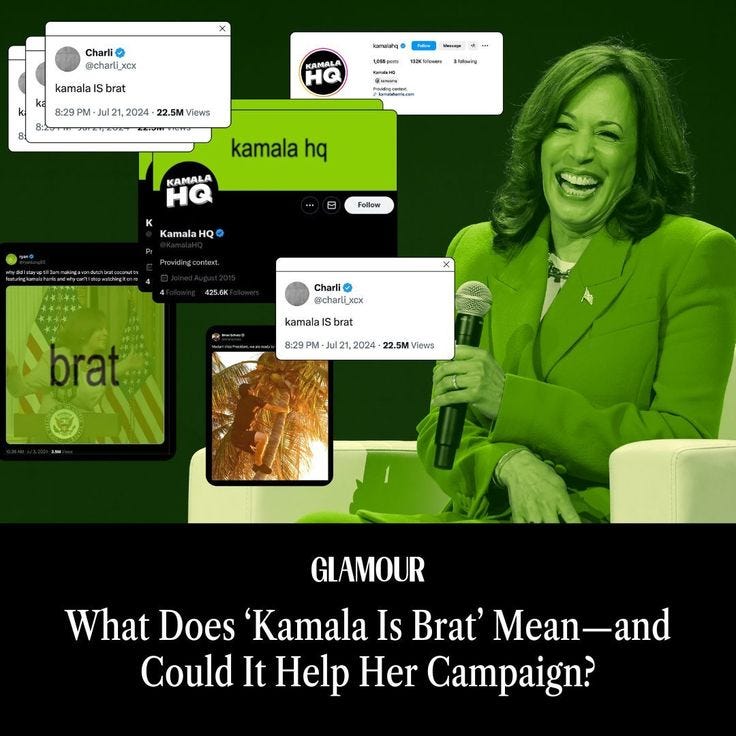
The term “Americanization”, is used by sociologists to refer to the influence the U.S. exerts on other states through cultural soft power, where American culture and values erodes traditional local cultures gradually replacing them. Americanization is not a neutral process, rather it’s a geopolitical strategy used to cement American influence worldwide. At the moment we find the United States taking upon itself the gigantic task of interpreting the limits of national life for other nations and protecting their opportunities and privileges at home as members of an international family. At the same time, however, we find Americanism looming up as a sort of “territorial sectionalism,” with all its evils of isolation and ingrowing aspirations, of confusing an ideal concept of the social order as expressed by the Declaration of Independence and the Constitution of the United States with the concept of “a dynamic state” which is still in process of formation and integration. The whole mass of legislation of Congress and the state legislatures stands as evidence of the fact that they are still groping toward the attainment of an ideal established more than one hundred years ago and which is itself changing with the times.
Designed in 1886, Coca-Cola is an globally known brand boasting it’s trademark red and white logo and as symbolically as American as the Stars and Stripes, runs business in more than 200 countries. Apart from building an empire in its own right, Coke also helps to support US imperialism, therefore fulfilling another vital purpose. Mark Pendergrast, author of the book For God, Country, and Coca-Cola, provides some historical context for the imperial collaboration in a 1993 despatch for the New York Times on the phenomena of “Coca-Colonization”. Pendergrast describes Coca-Cola as “capitalism's flagship” and World War II as “a market blessing” of sorts, noting that the soft drink business “convinced the American military that Coca-Cola was an essential morale booster”. This culminated in an agreement in which “[company] men, decked out in military drab, flew overseas to install bottling plants behind the lines.” Indeed, in one of its many tributes to the US army, the Coca-Cola website celebrates the fact that “over 5 billion bottles of Coca-Cola” were distributed to US troops during that particular conflict. Who said war isn't good for business? While Coke may be globally ubiquitous, it is always first and foremost an American product, both as symbol and substance. A product of the union between America and the consumer capitalist economy.
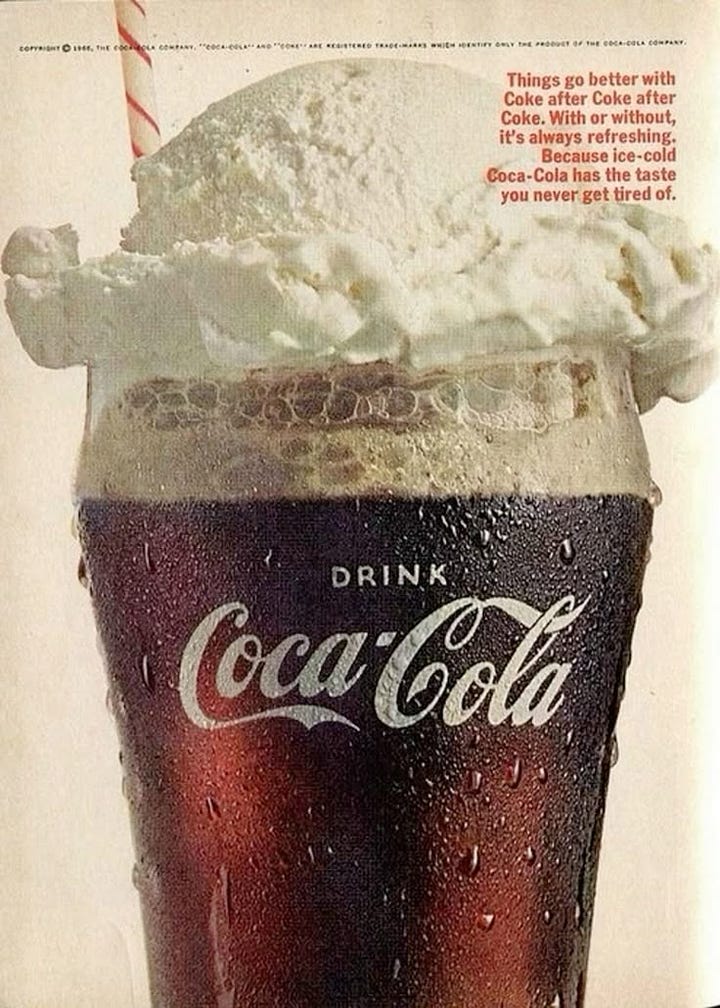
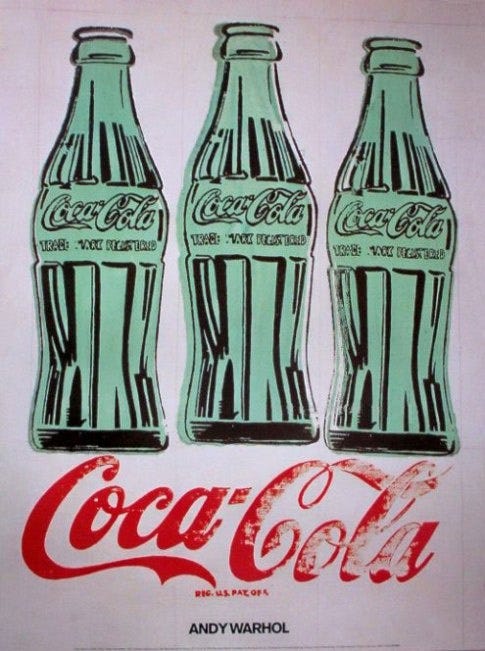
Reputable American scholars have proclaimed that EuroDisney is a “cultural Chernobyl”, and that Mickey Mouse is the golden ticket to Pax Americana. They also maintain that rock n’ roll brought down the Berlin Wall — when the Berlin Wall fell in November 1989, Coca-Cola employees passed out six-packs of the drink to East Germans. A couple minutes online would bring up street interviews with Americans who couldn’t point out Australia on a map. Does the export of American pop culture spell out a new kind of American imperium? Or is entertainment merely the USA’s last and most attractive export?
Cultural hegemony is defined in Marxist philosophy as the dominance of a culturally diverse society by the ruling class who shape the culture of that society—beliefs and explanations, perceptions, values, and mores—so that the ruling class's worldview becomes the accepted cultural norm. As the universal dominant ideology, the ruling-class worldview misrepresents the social, political, and economic status quo as natural, inevitable, and perpetual social conditions that benefit every social class, rather than as artificial social constructs that benefit only the ruling class. According to Marxist theorist Antonio Gramsci, the re/shaping of intellectual life, religion, education, language, and folklore by the ruling classes worked to form a kind of domination based on ‘consent’ rather than ‘force’, in which the worldview of the ruling group becomes the accepted and unquestionable cultural norm. Gramsci was referring to the operations of the ruling class in capitalist societies, but these mechanisms are also at work on the internet today. I’d say America’s current online prominence can be considered a type of cultural hegemony.
The spread of American influence online is not simply a testament to the dominance of its digital products, from Hollywood to Silicon Valley to its aesthetics of “Southern Gothic” and “Wild Appalachia” on the other side of the coin, nor is it a mere byproduct of demographic trends. Rather, it represents a form of soft power that serves hegemonic interests—shaping the landscape of the internet and the cultures that thrive within it. This influence also plays a role in legitimizing American imperialism on a global scale. If America’s historical mission has been to expand and conquer new territories, then the digital realm becomes yet another frontier, poised for settlement.
On a small South Asian island, I have to say that growing up among the “Americanization” of everything was life-changing. In a good way or a bad way I simply do not know. I have never lived in the USA nor have I visited it (not do I want to visit it tbh it’s less appealing to me than visiting the local public bathroom). I can however passionately debate you on the pros and cos of the Democratic versus the Republican parties, I can name more American presidents than Sri Lankan ones, I am up to date on the various Crumbl controversies and the most recent Nara Smith stories and whatnot. I know more about the neighborhoods of New York than I do about Colombo OR Perth. This is a pretty common experience though isn’t it? For non-Americans existing on or adjacent to the English-speaking internet all across the globe? We didn’t choose to want or ask to acquire this information, it’s like it happened though osmosis. Recently, I read White Oleander by Janet Fitch, ripe with its descriptions of a sepia-toned California, with Santa Anas and eucalyptus and Big Sur and star-studded Los Angeles, I felt utterly transported into this world that I was already familiar with, though I hadn’t set foot in the place.
I think it isn’t an original experience for non-American teenagers of my generation, that the collective obsession with High School Musical planted certain aesthetic expectations in our heads about our experiences of “high school”. Even though Sri Lanka didn’t even have “high school”, we just had grades 1-13. The feeling that I was missing out however, persisted all through my teenage years. From the glass coke bottles I longed for as a kid to the red beer cups, to the coming of age movies I watched (A Cinderella Story, Mean Girls, 10 Things I Hate About You, Edge of Seventeen) and music I listened to as a teen (Becky G, Owl City, Taylor Swift, Halsey). The visuals of prom! pool parties! 4th of July! were fed to me through the drip line of my iPod. All of this combined with the sorority rush videos flooding my feeds today, and Nara Smith and Wingstop, American culture has continually shaped my idea of what youth was and should be.
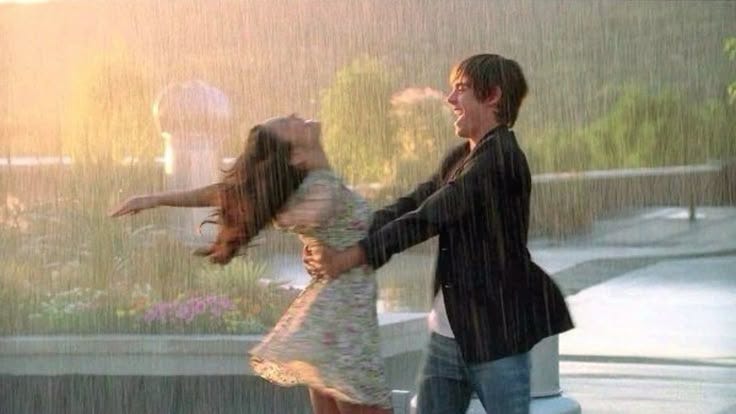
I’d lose hours replaying music videos by Troye Sivan, Hayley Kiyoko, Vampire Weekend, and Halsey, daydreaming of a suburban life that wasn’t mine—cycling between friends’ houses, cruising down to the beach, stopping by drive-thru diners for soft-serve ice cream like a Lana Del Rey protagonist, drifting through an perpetual halcyon summer that never arrived in Sri Lanka, yearning for high school Halloween parties and prom and homecoming. I scrolled endlessly through Pinterest and Tumblr, drawn to images captured by girls my age but styled with saturated, deceptively simple snapshots: glowing diner signs, flickering neon, empty basketball courts, girls stretched out in the grass, eyes half-closed, sighing and lost in thought. Sometimes, I’d sit on the balcony of my house at sunset, wired earphones in, a cute jumper on (in 35 degree weather), pretending it was my life—an American life, one that seemed, in my mind, infinitely more vivid and interesting than my own grey-skied reality across the oceans. The grass, they say, is always greener. The sky? Undeniably bluer.
So much of America’s power comes from it’s image, or from what we now call, “aesthetic”. You’ve got the classic Americana with rustic barns, faded flags, Route 66 diners, and the raw, fast-paced grit of urban cities, with graffiti, neon lights, and shadowy jazz bars. We have the the sun-soaked California dreaming of palm trees, vintage convertibles, and hazy coastlines, and the haunting romance of southern gothic with moss-draped trees and crumbling plantation homes. The noir allure of Prohibition-era speakeasies, smoky and dimly lit, blends with the rugged, dusty freedom of the desert western - cowboy boots, endless highways, and leather worn by sun and time. The restless, Kill-You-Darlings-esque existential vibe of the beat generation with smoky jazz clubs, late-night diners, dusty highways, worn leather jackets, and typewriters clacking in dim apartments, where poets and drifters chased meaning and freedom on the open road. There’s modern minimalism in sleek city cafes and curated interiors, contrasted with the dreamy nostalgia of Instagram Americana where it’s all vintage motels, pastel diners, and desert snapshots. The rebellious spirit of New York counterculture rock boasting leather jackets, dive bars, and vinyl records, sitting alongside the classic, coastal sophistication of new England preppy with Ivy League campuses, sailing, and fall foliage. America’s aesthetic is a constant tension between myth and reality, freedom and longing, where every highway, cityscape, and small town adds another thread to the fabric of its identity. The power of the aesthetic is such that that even images of resistance to American hegemony are eventually incorporated within the centre. Past protest movements, from the Revolution to the Civil Rights Movement, have been incorporated into America’s national mythology and the stable, powerful, and ‘progressive’ image it projects to the world, even as today’s protestors face state and police violence on the streets. I have genuinely seen people tagging “riot aesthetic” as a hashtag on TikTok videos of protests.
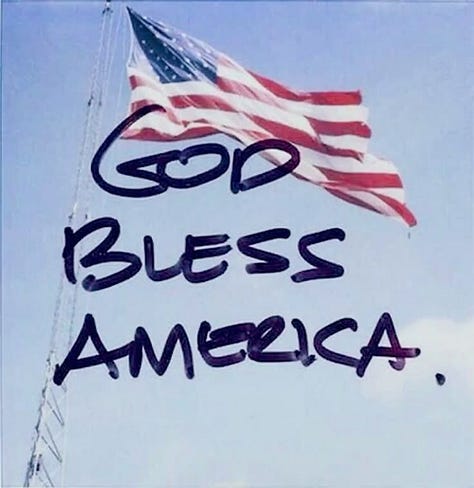
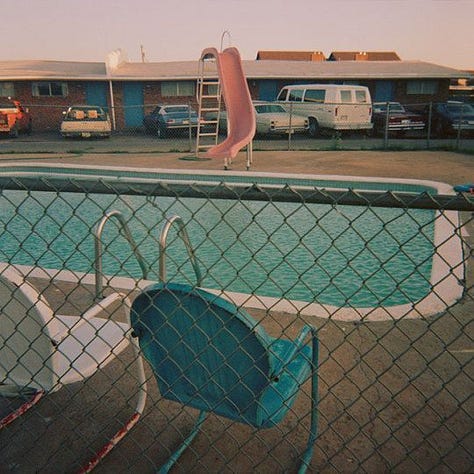

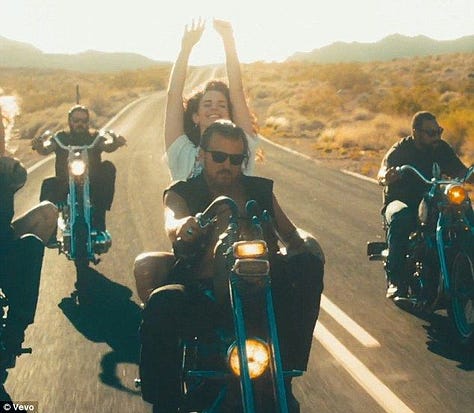
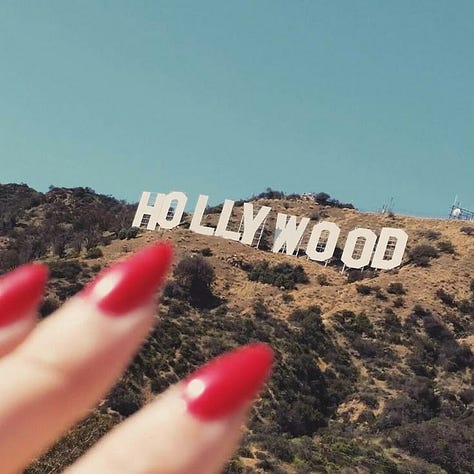
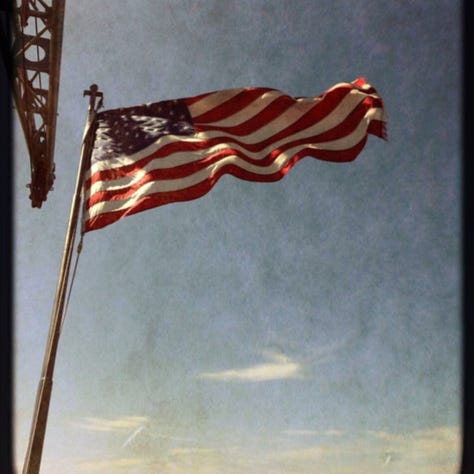
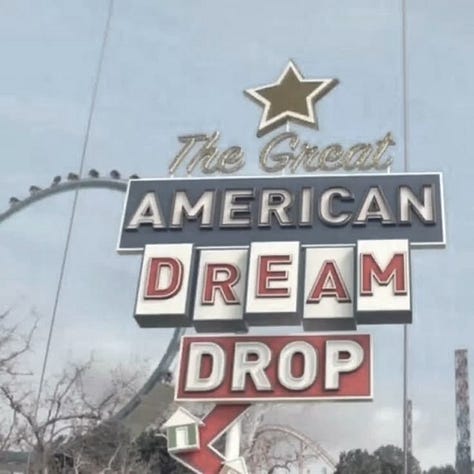

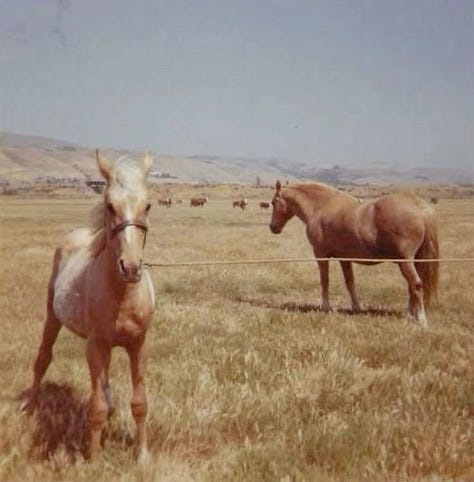
It’s hard not to notice how the peaches-and-cream Americana aesthetic — those sunlit porches, vintage diners, and endless summer skies — has dominated online imagery, planting a certain vision of America in our heads. It’s an aesthetic that feels soft and golden, but it doesn’t speak for every American experience, nor does it account for the histories that sit uncomfortably beneath the surface. Still, its power lingers. Like the American Dream itself, it’s a story America tells to the world and to itself—a way of mythologizing and legitimizing, of turning nostalgia into soft power. It’s there in every Pinterest board, every Instagram post, every dreamy snapshot of small-town life that glosses over the complexities. The aesthetic doesn’t just shape how America looks but it shapes how it is perceived, both at home and far beyond its borders.
Today’s global youth are growing up online even more intensely than I did, shaped by a constant stream of images and narratives that feel so ubiquitous they slip under the radar, normalized and unquestioned, in a day and age of digital imperialism. Online soft power is the perfect kind of propaganda - its subtle, aesthetic, and quite relentless, embedding a particular ideology so deeply that it starts to feel like common sense. A slight segue to bring up a recent Jubilee video in which a queer republican was standing strong on the grounds that America’s government agencies (which are, you know, funded by the government) somehow pay taxes to the, wait for it, American government. Does this say something about the education system in the Land of the Free, or the reverse rise of anti-wokeism? I do not want to comment. And there’s something about being that exposed, that impressionable, during the formative years of adolescence. It shapes your dreams, your desires, the future you imagine for yourself. What is the American Dream, really, if not a dream of individual advancement? Of seizing opportunities, staking claims, accumulating possessions, and chasing personal success—even if it comes at the expense of community or collective well-being. It’s a kind of manifest destiny, reimagined for the digital age. And isn’t that what the internet has become? A space driven by profit and disruption, dominated by venture capitalists and entrepreneur-tycoons (puke) like Musk, with communities siloed off into algorithmic echo chambers, feeding us content that pushes us toward the most extreme, isolated versions of ourselves.
How much of this reflects the darker side of the American Dream, where success is defined by status, fame, and the security of private wealth, rather than by shared spaces or lasting connections? The ‘trad’ movement is just the latest and loudest expression of this—another nostalgic fantasy of Americana, a yearning for a mythologized past. Just look at the discourse around that Ballerina Farm article: it says a lot about the kind of dream we’re still being sold, and the kind of dream some people are still desperate to buy.
In the end, America’s greatest export is not Coca-Cola, or Taylor Swift, or the lazy dream of Route 66 diners and endless summers. It is the idea of America itself; a carefully curated mythos that slips beneath the surface of global consciousness, often unnoticed but undeniably potent. The allure of America is built on images, narratives, and dreams so omnipresent that they feel like common sense, shaping not just how we perceive the United States but how we envision our own lives.
For those of us growing up thousands of miles away, the American dream was an aesthetic before it was ever a reality, fed to us through glossy media and soft-filtered social feeds. It taught us to long for moments we never lived and experiences we never had, to chase a version of youth, freedom, and success defined by a country we have never stepped foot in. And yet, these desires feel deeply personal. That’s the quiet triumph of soft power americana—it works not by force but by seduction, embedding itself so thoroughly that it feels as though we chose it, even when we didn’t.
But if America is dreaming, we must ask: at what cost? The same myth-making that romanticizes freedom and opportunity often silences the histories of exploitation, inequality, and domination that have made those myths possible. It tells us stories of individual success while masking the collective struggles that underpin them. It turns rebellion into an aesthetic and commodifies dissent until even resistance becomes a product for global consumption. Perhaps that’s why, despite the omnipresence of American culture in my life, I’ve always felt off about it. The version of America I grew up with was glossy, golden, and aspirational. but its like a mirage that exists not only on the screen but as a mechanism of influence, a tool of digital imperialism. In the end, we’re not just consuming content, we’re absorbing a worldview, a set of values, and a story about what life should look like. And like all stories, it leaves things out.
The internet isn’t just a space of connection; it’s a new frontier of soft power, where dreams and desires are cultivated, shaped, and sold. America has staked its claim there too, and it’s hard not to feel like the whole world is living in its shadow. Lol that’s probably the final irony: in chasing the “American dream”, we’ve all become characters in it, voluntarily or not. I for one, as hypocritical as this is to probably say, would very much like to be excluded from this narrative.
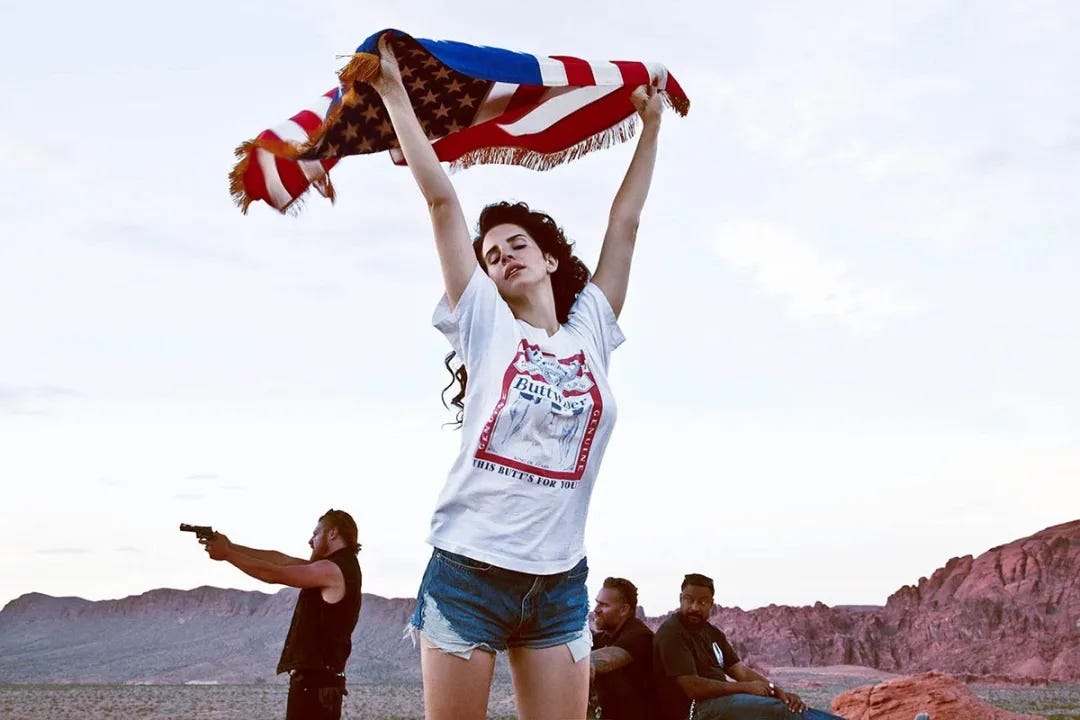
Anyways.
See you next time my darlings.
All my roses & cherries,
Rara xx


